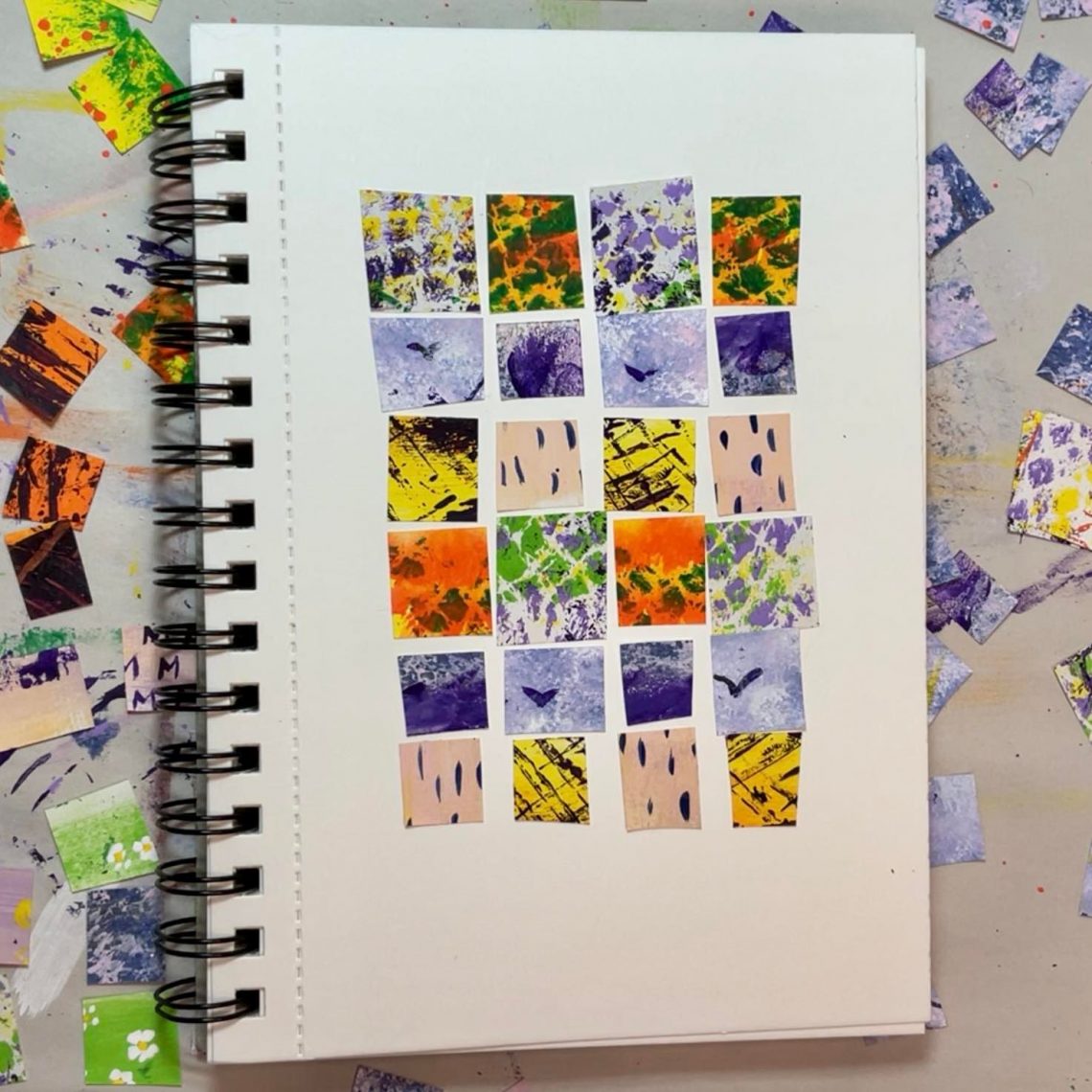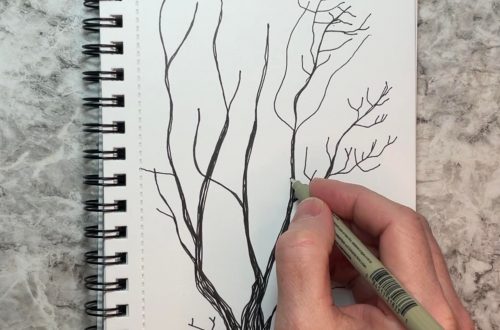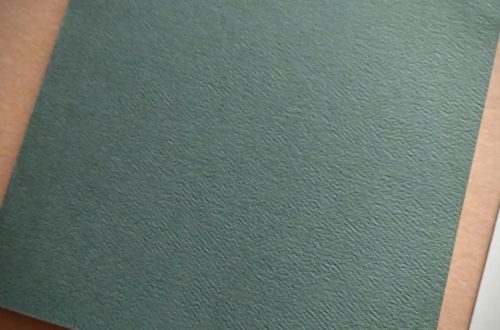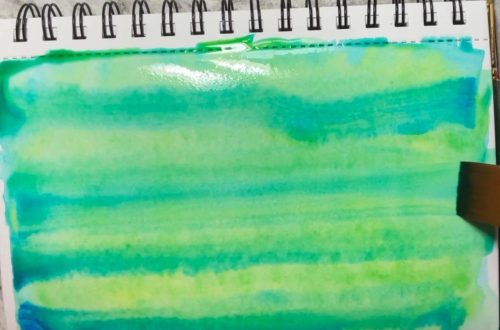
Week 16: Our Patchwork Lives
It’s Week 16 of the 52-Week Art Journal Journey. And I just had to get back into the paint.
If you’re new here, check out Week 1, where we made our journals, and this journey, our own.
I thought it would be fun to put our own spin on an activity or two in Emily K. Neuburger’s Journal Sparks: Fire up Your Creativity with Spontaneous Art, Wild Writing, and Inventive Thinking.
We’ll start with Imperfect Paper Quilting.
If you’d like to watch the video before you read, scroll on down…
Start the art
First we need to create some fabric for our quilts, as unique as we are. Our quilts are going to represent our selves, or at least parts of our selves.
You’ll need scraps of paper. I used some aging index cards. You could repurpose some junk mail, as I’ve mentioned before. Whatever you have lying around.
Acrylic paints are ideal for this, but if they’re not ideal for you this week, feel free to use whatever works. Watercolor art can make lovely fabric patterns. You can use markers or colored pencils. If you don’t have much time for your small art this week but have colored paper, scrapbook paper, or old magazines to scavenge, you can gather instead of create your fabrics.
I set out to paint memories, to create little designs to represent various experiences that are part of my identity.
But I’m also migraine-recovery-scattered; I got lost in the paint and color, and lost sight of specifics for a bit. But, hey, that’s part of who I am, too, so it’s all good.
Though I could do without migraines.
But since part of this process is seeing how nothing we go through is beyond redemption, that there is no ugliness that can’t have some beauty grow from it, I’ll say that I know that sometimes migraines have served to remind me that rest is necessary, that taking care of basics like hydration is important. At times they’ve given me something to overcome to get done what needed to be done. And they’ve grown an area of my empathy. Would I rather feel better than I do right now? Sure. But resenting current reality gets me nowhere.
Back to the art… It’s time to paint, color, seek scraps that represent memories and experiences, quirks, strengths and weaknesses. Things that make you you. You can also consider the you you present in different places, in your various roles.
Put it together
The first example given in the book is of a basic quilt make of rows of squares.
Emily also gives examples of more random quilts with patches of all sorts of shapes.
I know we’ve all seen gorgeous quilts of various types. Most of them require more planning and accuracy than we need to employ on our journal pages. As usual, I say, HAVE FUN!
Perfectly Imperfect
This isn’t the first time we’ve visited the idea of how so-called or perceived imperfections are part of life, part of the art process, part of growth. Differences are part of the beauty of life. Deviations from the norm make things more interesting.
You’re not here because I’m just like someone else. offering an experience you can find a dozen other places. You’re not here because of the technical perfection of the small art in my art journal. You’re here because we’re people who need to make art. Like me, you probably felt the need for some type of permission to commit to a regular practice of art-making. We know taking the time to be creative is important. But it can be difficult to keep making time for it when there are so many other things that seem more important.
Being different in some similar way is how we find our tribes, our people.
We’re not here to make perfect art; we’re here for the process. We know we’re not perfect, and that that’s okay, and growth is less painful when we don’t resist it.
The Words
Let’s look at some ways to approach today’s journaling about our patchwork lives…
How have seemingly disparate experiences come together to create beauty in your life? Your self?
Have things you wish hadn’t happened become part of your strength?
Has trauma been transformed into purpose?
Where have light and dark patches proven to enhance richness and depth?
More art fun
You probably have pieces of color left over. In her Look-and-Tell Thumbnails, Emily has glued thumbnails of funky colors and snippets of patterns to a page, and written a few words that came to mind when she looked at them. Give it a try.




